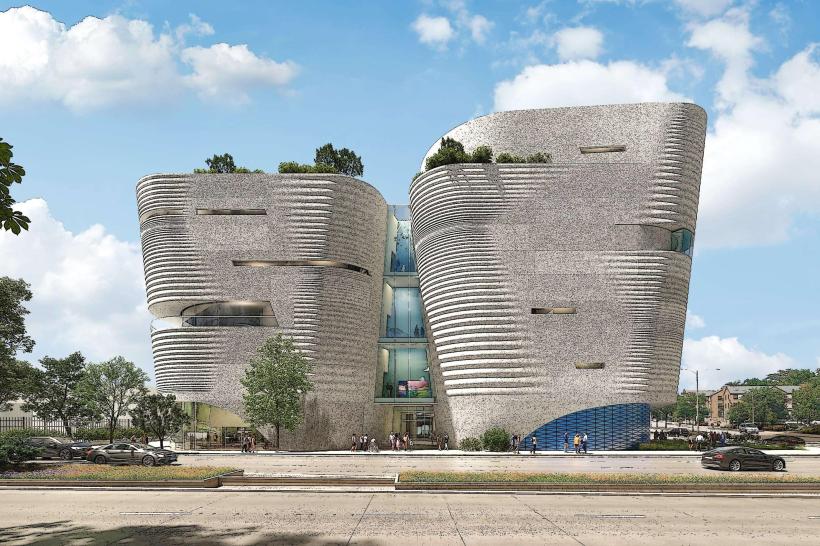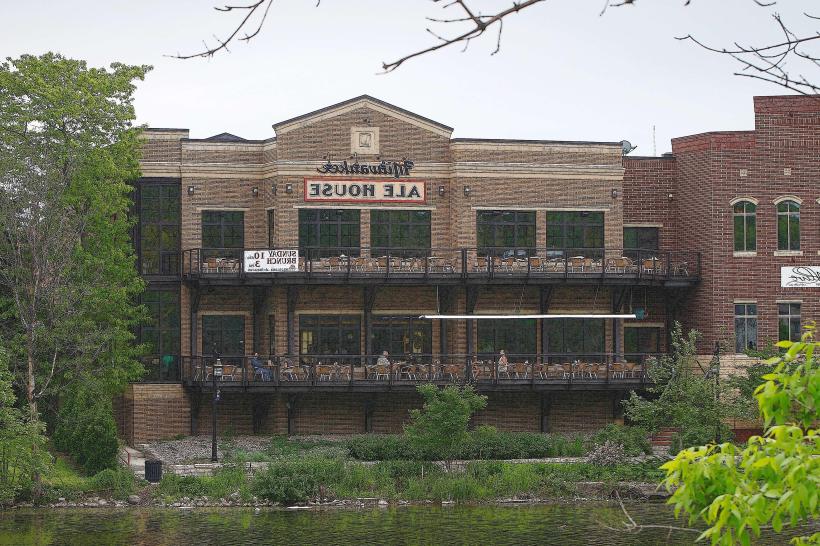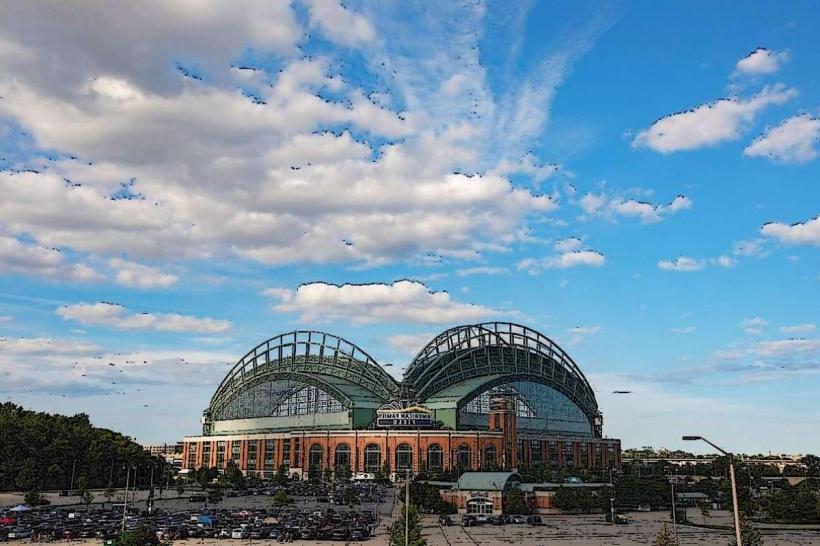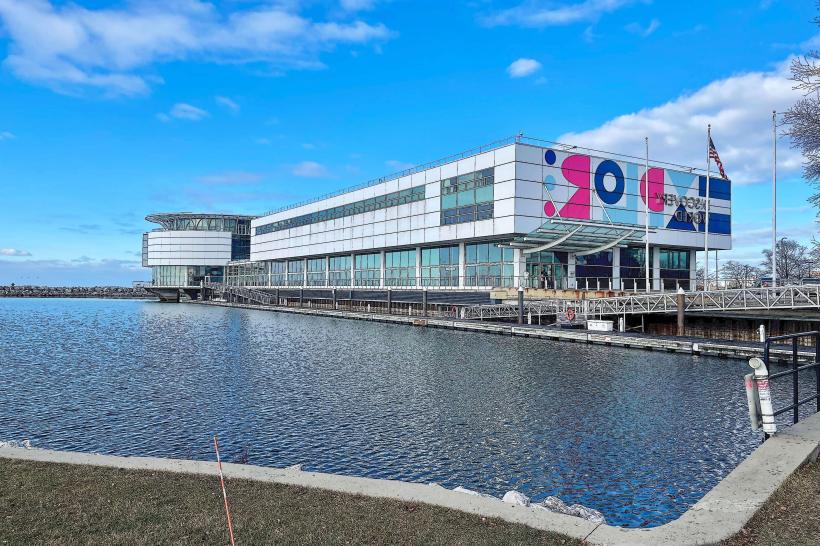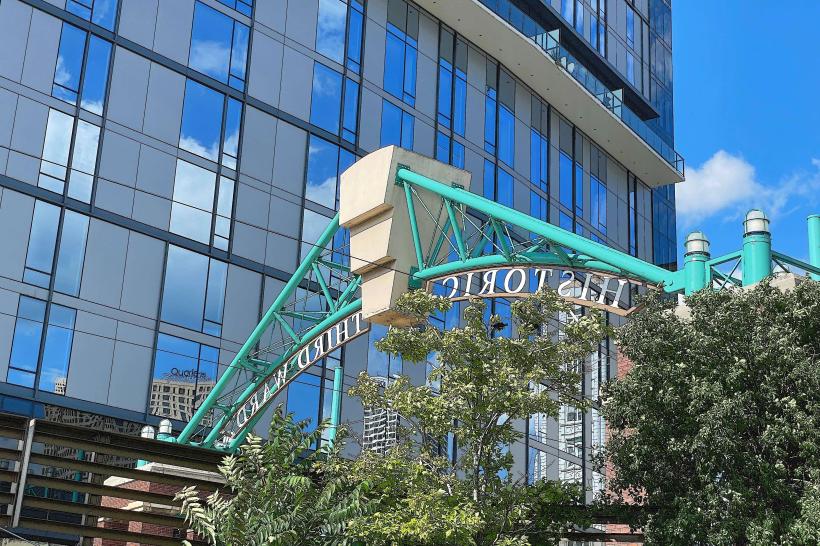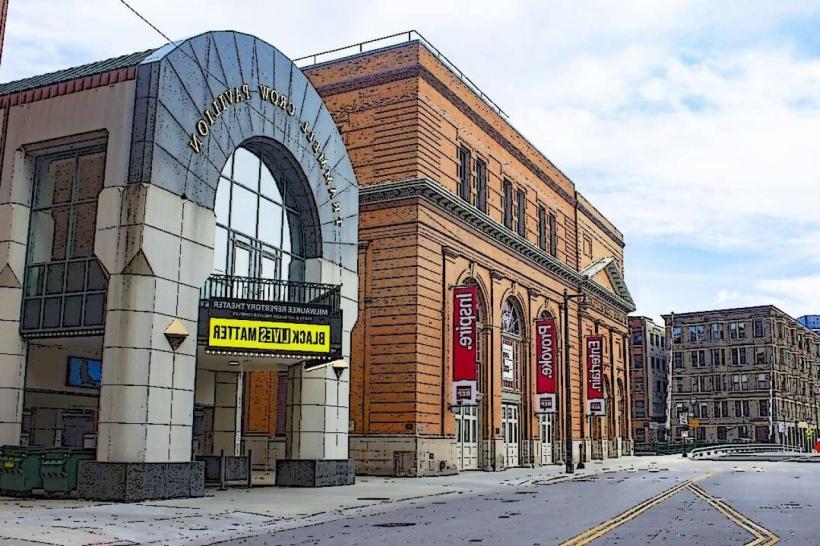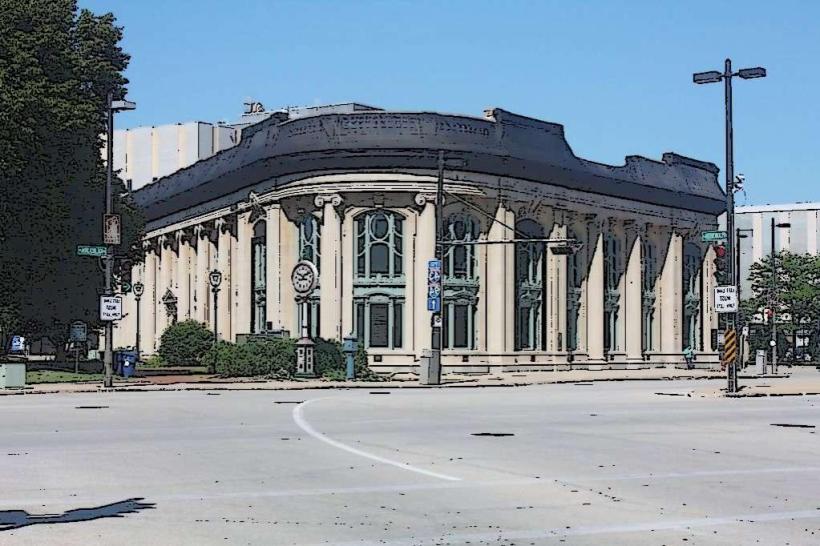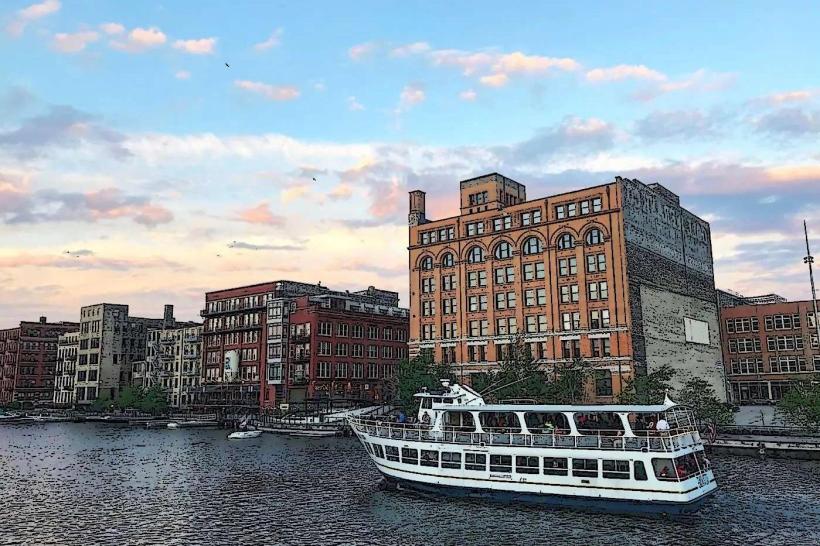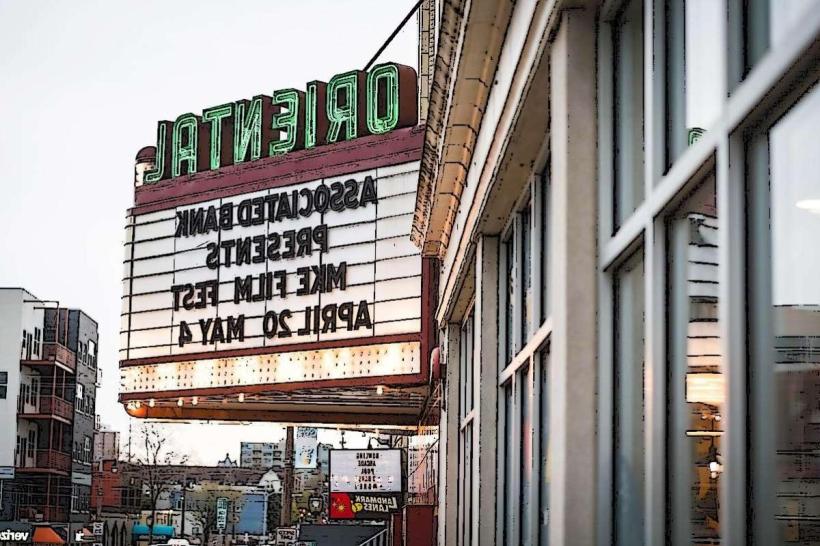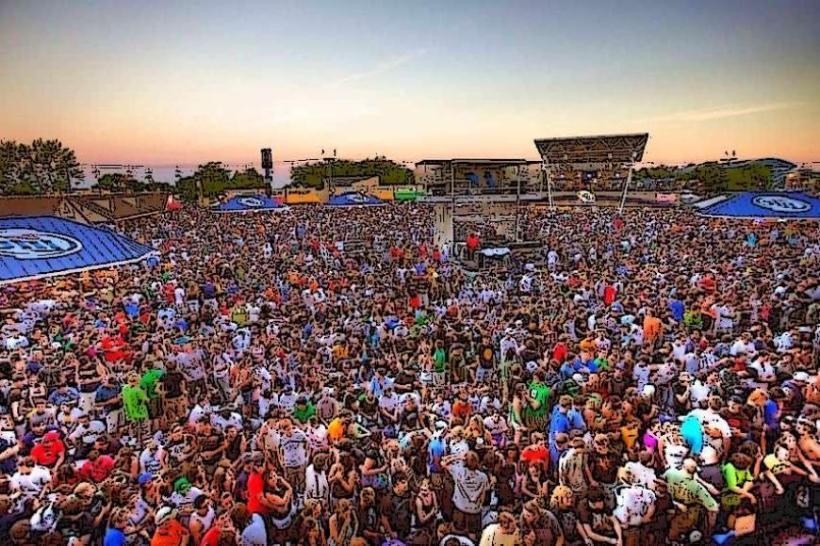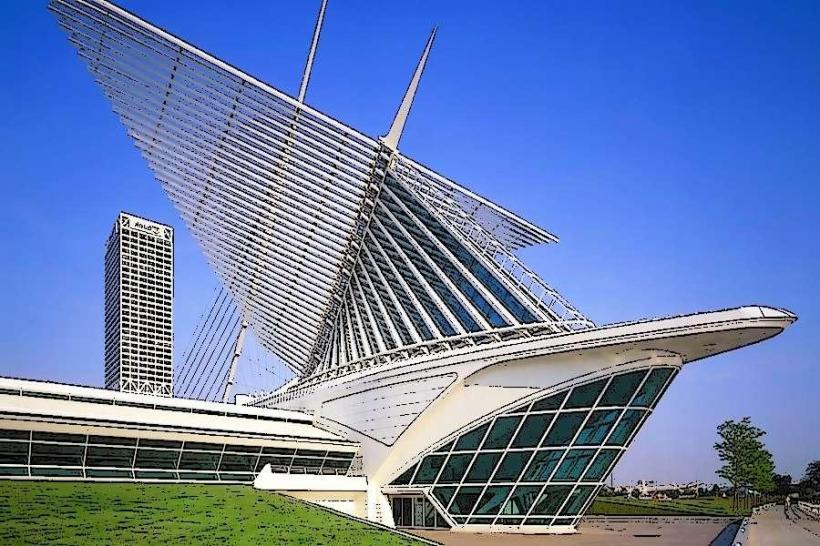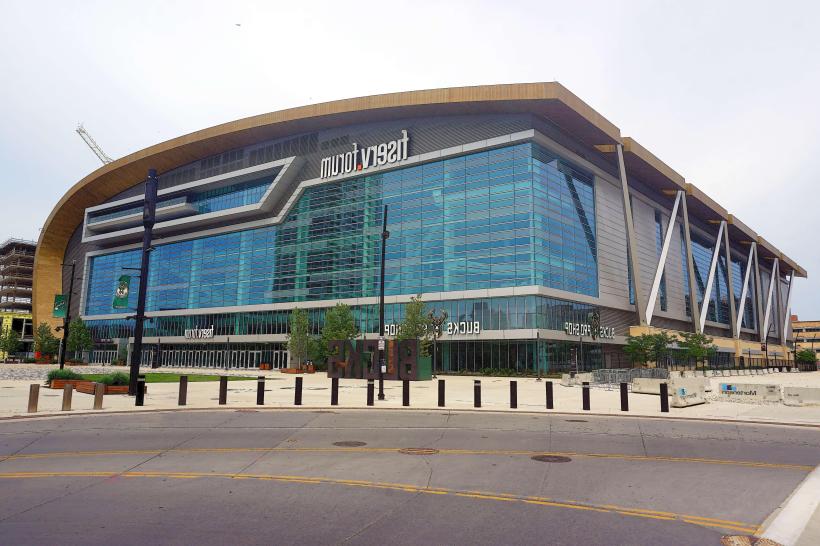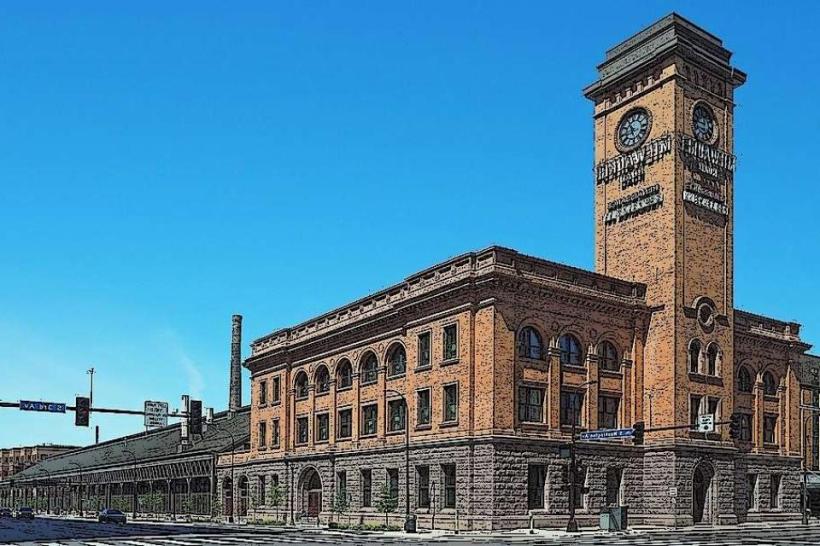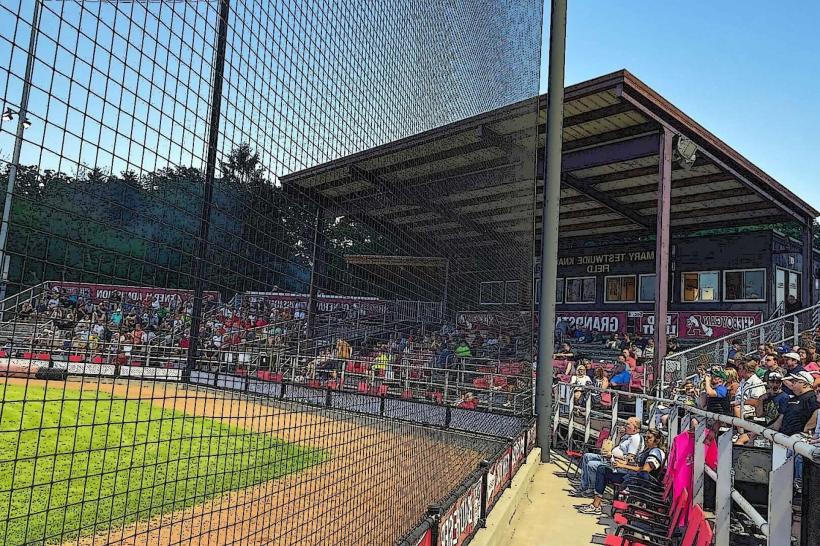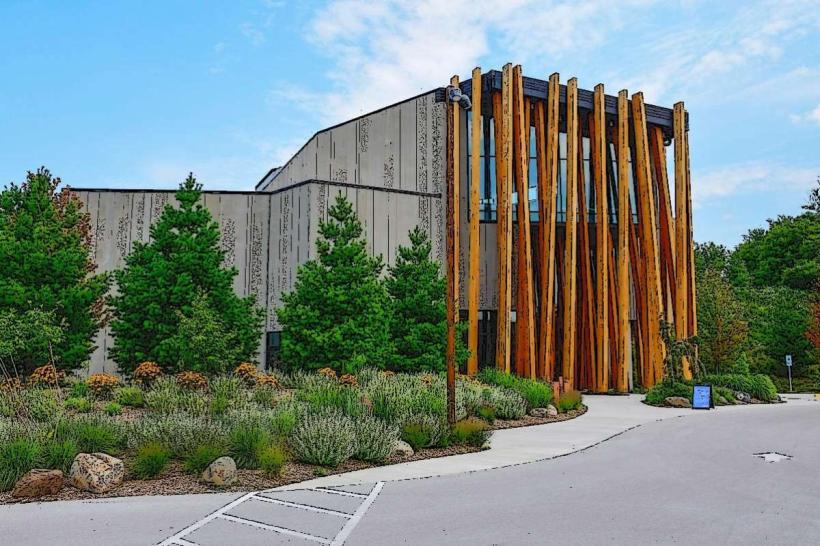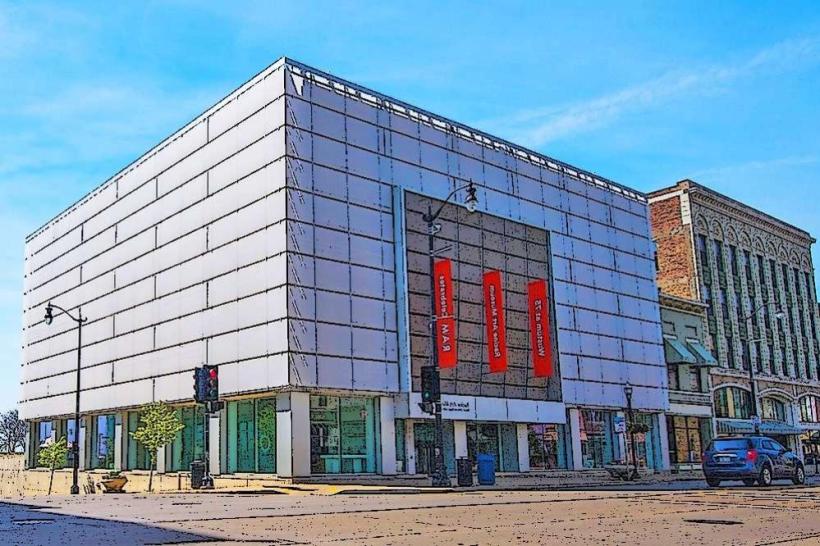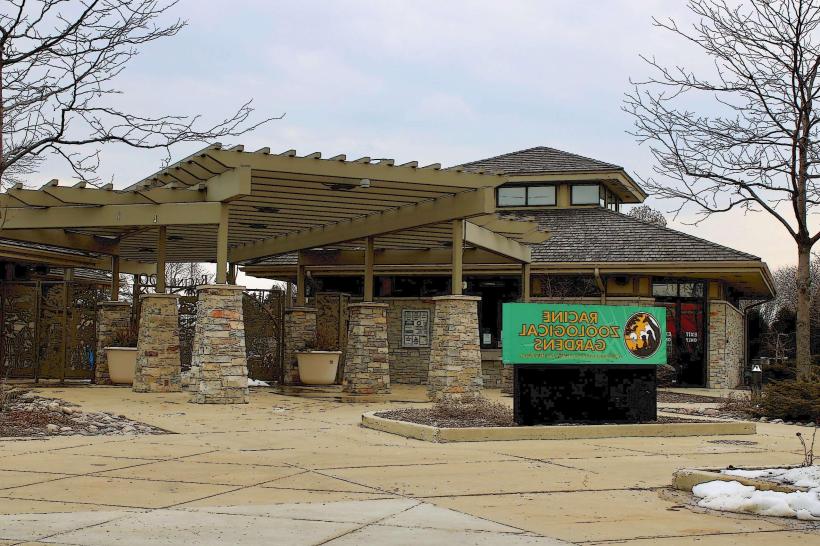Information
Landmark: Milwaukee Symphony OrchestraCity: Milwaukee
Country: USA Wisconsin
Continent: North America
Milwaukee Symphony Orchestra, Milwaukee, USA Wisconsin, North America
Milwaukee Symphony Orchestra – In Detail
1. Overview and Historical Significance
The Milwaukee Symphony Orchestra (MSO), established in 1959, is one of the top regional orchestras in the United States. It stands as the largest cultural institution in Wisconsin, employing over 80 full-time professional musicians and presenting more than 135 concerts annually. From its beginnings as a smaller ensemble offering seasonal performances, it has evolved into a year-round symphonic force known for innovation, educational outreach, and exceptional musicianship.
The MSO became a national leader in digital innovation when it became the first American orchestra to offer its recordings for download on iTunes. Over the decades, it has also performed on national broadcasts and produced multiple commercial recordings.
2. Home Venue – Bradley Symphony Center
Since 2021, the Milwaukee Symphony has been performing at the Bradley Symphony Center, a beautifully restored 1931 movie palace - the former Warner Grand Theater - located at 212 W. Wisconsin Avenue in downtown Milwaukee.
Key Features:
Main Hall: Known as Allen-Bradley Hall, it seats approximately 1,650 people.
Acoustics: Redesigned for orchestral clarity and resonance, creating an immersive auditory experience.
Architecture: Preserved Art Deco details with a blend of historical charm and modern infrastructure.
Modern Upgrades:
New rehearsal rooms
State-of-the-art lighting and rigging
Glass pavilion for social gatherings
Expanded backstage, education suites, and climate-controlled instrument storage
The move into the Bradley Symphony Center marked a transformation for the orchestra, both in identity and physical capacity, enhancing its profile and audience experience.
3. Leadership and Artistic Direction
Ken-David Masur has been Music Director since 2019, bringing international acclaim and youthful energy. He is known for combining classical tradition with modern programming.
Ryan Tani, appointed as Assistant Conductor, supports youth programs, educational concerts, and some pops and community performances.
Andreas Delfs, who served as music director from 1997 to 2009, holds the title Conductor Laureate and occasionally returns for special performances.
Masur's leadership has focused on:
Broadening musical diversity
Introducing new and underrepresented composers
Deepening the orchestra’s commitment to community engagement
4. Concert Seasons & Programming
Each season features a diverse array of concerts grouped into several series:
A. Classics Series
Traditional symphonic masterworks, such as:
Beethoven’s Symphony No. 9
Brahms' Ein Deutsches Requiem
Dvořák’s Symphony No. 7
Mahler symphonies
Paired with contemporary composers like Anna Clyne, Valerie Coleman, and Gabriela Lena Frank
B. Pops Series
Lighter, accessible programs blending orchestra with pop culture:
Film scores (Coco in Concert, Star Wars Live)
Broadway tributes and jazz
Guest stars like Ben Folds and Chris Thile
C. Family Series
Shorter, interactive concerts designed for children and families
Narrated stories, instrument demonstrations, sensory-friendly formats
D. Education & Youth Concerts
Daytime weekday performances for school field trips
Tied to curriculum, with pre-concert guides and teacher resources
E. Special Events
Seasonal programs like:
Holiday Pops
A Muppet Christmas Carol Live
Gala events and benefit concerts
5. Commissioning & Recordings
MSO has premiered over 100 works, including world and U.S. premieres, showcasing its commitment to living composers. Notable collaborations include:
Philip Glass
John Adams
Roberto Sierra
Geoffrey Gordon
Select past recordings:
Hansel and Gretel (in modern English adaptation)
Complete Mahler Symphony cycles (select movements)
Milwaukee Symphony Live series: digital-only concerts
Recordings are made available through the MSO website, iTunes, and streaming services.
6. Educational Impact
One of the orchestra’s most praised achievements is its Arts in Community Education (ACE) Program:
Reaches 30,000+ children annually
Blends music with classroom learning across multiple subjects
Offers:
School visits by musicians
Customized concerts
Teacher professional development
Other education efforts:
Pre-concert lectures
Teen masterclasses
Family workshops
Sensory-friendly performances designed for neurodiverse audiences
7. Financial Foundation and Support
MSO’s move into the Bradley Symphony Center was part of a $139 million capital campaign, supported by private donors, local foundations, and government grants. Since 2020, they have received multiple large donations to strengthen their endowment and support their outreach programs, including a $5 million challenge grant in 2025 to ensure long-term sustainability.
They’ve also created new revenue channels through:
Digital streaming
Community partnerships
Cross-institutional collaborations with local universities and art museums
8. Audience and Experience
The Milwaukee Symphony Orchestra draws:
Local subscribers from the Milwaukee metro area
Regional visitors from across Wisconsin and northern Illinois
Students, music educators, and tourists seeking cultural enrichment
At the Bradley Symphony Center:
Accessibility: Wheelchair seating, hearing-assist devices, and ADA-compliant facilities
Amenities:
On-site café and lounge areas
Coat check and merchandise stands
Interactive program guides and QR-accessible content
Box Office: Offers subscriptions, single tickets, and discounts for students, seniors, and groups
9. Community Engagement
Beyond the concert hall, MSO musicians perform in:
Local churches
Community centers
Hospitals and elder care facilities
City-wide music festivals
They also partner with public radio and TV for local broadcasts, as well as with non-music nonprofits on civic and social initiatives.
Summary
The Milwaukee Symphony Orchestra stands at the heart of Wisconsin’s cultural life. With a modern facility, world-class musicians, visionary leadership, and a strong educational mission, the MSO offers a complete orchestral experience-traditional, inclusive, and dynamic. It continues to evolve as a cultural institution that doesn’t just perform music, but also inspires community, education, and creative dialogue.


